Home>Construction & Tools>Building Materials>How To Seal Brick Wall
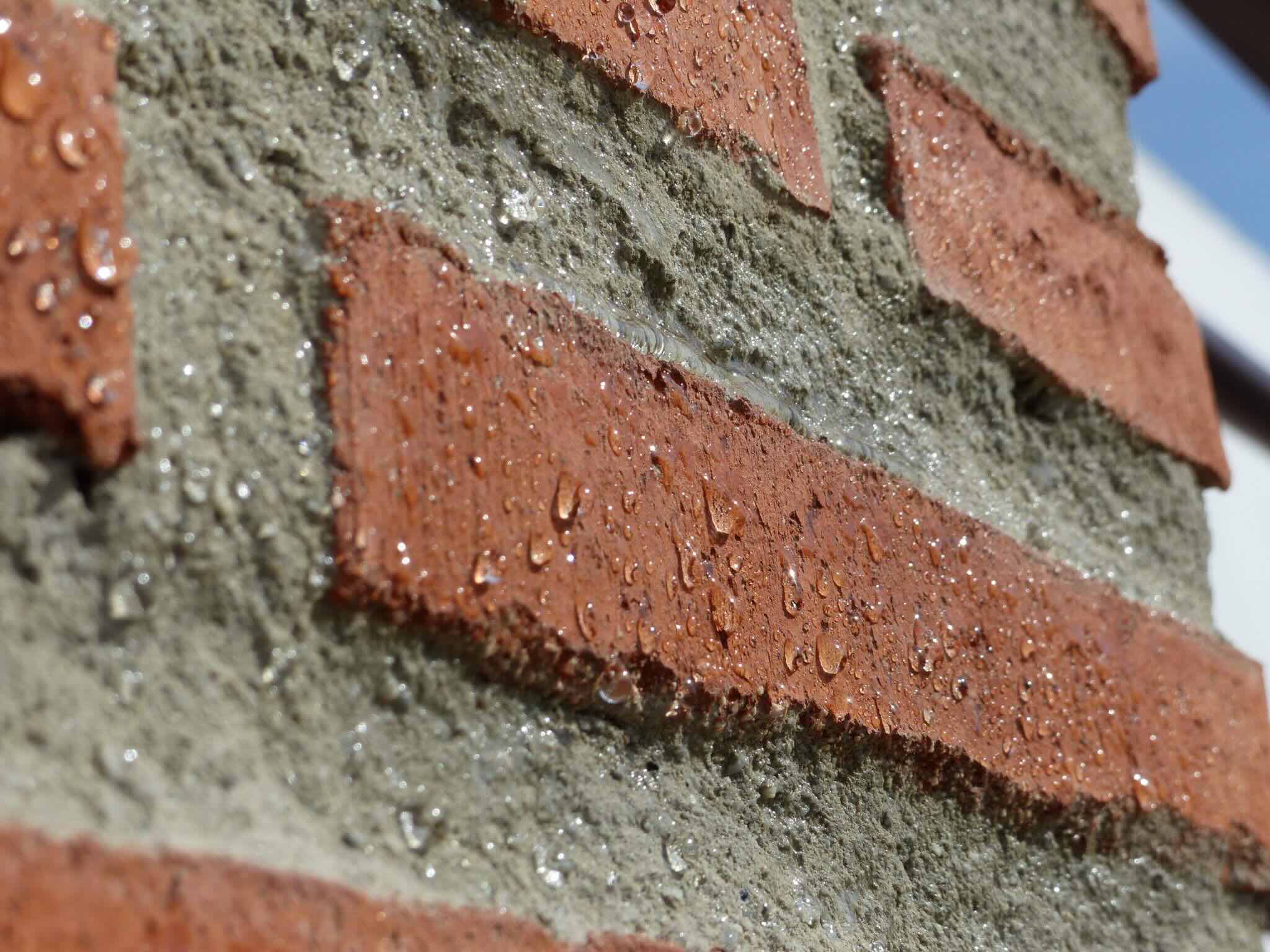

Building Materials
How To Seal Brick Wall
Published: January 23, 2024
Learn how to effectively seal your brick wall using high-quality building materials. Protect your property from moisture and weather damage with our expert tips and techniques.
(Many of the links in this article redirect to a specific reviewed product. Your purchase of these products through affiliate links helps to generate commission for Storables.com, at no extra cost. Learn more)
Introduction
Welcome to the world of brick walls, where timeless charm meets durability. Whether you have an exposed brick wall in your home or a stunning exterior brick facade, maintaining and protecting this classic building material is essential for its longevity and aesthetic appeal. One of the key methods for preserving and enhancing the beauty of a brick wall is through the process of sealing. Sealing a brick wall not only protects it from the elements but also brings out its natural colors and textures, adding a touch of character to any space.
In this comprehensive guide, we will walk you through the process of sealing a brick wall, from cleaning and repairing the surface to selecting the right sealer and applying it effectively. By the end of this journey, you will have the knowledge and confidence to embark on this rewarding home improvement project. So, roll up your sleeves and get ready to unlock the secrets of sealing a brick wall!
Key Takeaways:
- Protect and Beautify
Sealing a brick wall not only shields it from damage but also enhances its natural beauty, adding character to any space. By following the steps outlined, you can preserve and celebrate the timeless charm of brick. - Attention to Detail
From cleaning and repairing to selecting the right sealer and applying it with care, the process of sealing a brick wall requires patience and craftsmanship. The result is a stunning, resilient wall that exudes enduring allure.
Read more: What To Use To Seal A Brick Wall
Step 1: Clean the Brick Wall
Before diving into the sealing process, it’s crucial to start with a clean canvas. Over time, brick walls can accumulate dirt, grime, and even organic growth such as moss or mildew. Cleaning the brick surface not only enhances the overall appearance but also ensures that the sealer can effectively bond with the material.
Begin by inspecting the brick wall for any visible debris, loose mortar, or stubborn stains. Use a stiff-bristled brush or a pressure washer to remove loose dirt and debris. For more stubborn stains, a solution of warm water and mild detergent can be applied with a brush to gently scrub away the blemishes. In the case of organic growth, a mixture of water and white vinegar can be effective in eliminating mold and mildew.
Once the surface is thoroughly cleaned, allow an adequate amount of time for it to dry completely. This step is crucial, as applying sealer to a damp surface can compromise its effectiveness. Depending on the weather conditions, this drying process may take anywhere from a few hours to a couple of days. Patience is key at this stage to ensure that the brick wall is ready for the next steps in the sealing process.
Step 2: Repair Any Damaged Areas
Inspecting the brick wall for any signs of damage is an essential step before proceeding with the sealing process. Over time, exposure to the elements and general wear and tear can lead to issues such as cracked or deteriorating mortar, chipped bricks, or efflorescence, which is the white, powdery residue that sometimes appears on the surface of bricks. Addressing these issues before sealing the brick wall is crucial for ensuring its structural integrity and overall appearance.
Start by examining the mortar joints between the bricks. If any mortar is crumbling or missing, it will need to be repointed. Repointing involves carefully removing the damaged mortar and replacing it with fresh mortar, ensuring that the joints are filled evenly and smoothly. This not only strengthens the brick wall but also provides a clean, uniform appearance.
Next, assess the condition of the bricks themselves. Look for any chips, cracks, or spalling, which occurs when the face of a brick begins to flake or chip off. Damaged bricks should be replaced to maintain the structural stability of the wall and prevent further deterioration. When replacing bricks, it’s essential to use ones that closely match the size, color, and texture of the existing bricks to maintain a cohesive look.
If efflorescence is present, it indicates the presence of excess moisture within the bricks. Before sealing the wall, it’s crucial to address the underlying cause of the moisture and remove the efflorescence using a stiff brush or a solution specifically designed for this purpose. Resolving the moisture issue will prevent efflorescence from reoccurring after the wall has been sealed.
By thoroughly inspecting and repairing any damaged areas, you’ll ensure that the brick wall is structurally sound and visually appealing, setting the stage for a successful sealing process.
Step 3: Choose the Right Sealer
When it comes to sealing a brick wall, selecting the appropriate sealer is a critical decision that can significantly impact the outcome of the project. With a wide array of sealers available on the market, each offering unique characteristics and benefits, it’s essential to understand the options and choose a sealer that best suits the specific needs of your brick wall.
One of the primary considerations when selecting a sealer is the desired finish. Sealers are available in various finishes, including natural or matte finishes, enhancing the brick’s appearance while maintaining a subtle, non-reflective surface. Alternatively, glossy sealers provide a more pronounced sheen, accentuating the colors and textures of the bricks. Consider the aesthetic you wish to achieve and select a sealer that aligns with your vision for the brick wall.
Another crucial factor to consider is the type of sealer. Acrylic-based sealers offer excellent protection against water, UV rays, and general wear, making them suitable for both interior and exterior brick walls. They are available in both water-based and solvent-based formulations, each with its unique application and performance characteristics. On the other hand, penetrating sealers are designed to be absorbed into the brick, providing protection without significantly altering the natural appearance of the surface.
Consider the environmental factors to which the brick wall is exposed. For exterior brick walls, especially those subject to harsh weather conditions, it’s essential to choose a sealer with strong weather resistance and durability. This ensures that the brick wall remains well-protected and maintains its visual appeal over time.
Before making a final decision, it’s advisable to consult with a knowledgeable professional or seek guidance from reputable sources to ensure that the chosen sealer aligns with the specific requirements of your brick wall. By selecting the right sealer, you set the stage for a successful sealing process, ensuring that your brick wall remains vibrant and protected for years to come.
To seal a brick wall, use a breathable masonry sealer to protect against water and weather damage. Clean the surface first, then apply the sealer with a brush or sprayer for best results.
Step 4: Apply the Sealer
With the brick wall cleaned, any damaged areas repaired, and the right sealer selected, it’s time to embark on the application process. Applying the sealer correctly is crucial for achieving optimal protection and enhancing the visual appeal of the brick wall. Whether you’re working on an interior accent wall or an exterior facade, the application method and technique play a significant role in the overall outcome.
Before applying the sealer, carefully read and follow the manufacturer’s instructions, ensuring that you understand the recommended application techniques and any specific considerations for the chosen sealer. Additionally, perform a small test application in an inconspicuous area to assess how the sealer interacts with the brick surface and to confirm that the desired finish is achieved.
When applying the sealer, use a high-quality brush, roller, or sprayer, depending on the type of sealer and the size of the project. Work methodically, starting from the top of the wall and progressing downward to prevent drips and ensure even coverage. Pay close attention to the mortar joints, ensuring that they are adequately coated for comprehensive protection.
For penetrating sealers, it’s essential to apply the product evenly, allowing it to be absorbed into the brick and mortar. Multiple thin coats may be necessary to achieve the desired level of protection. In the case of surface sealers, ensure that the application is uniform, avoiding the buildup of excess product, which can result in an uneven finish.
Depending on the sealer and environmental conditions, a second coat may be required to achieve the desired level of protection and finish. Allow the first coat to dry according to the manufacturer’s recommendations before applying any additional coats. This step is crucial for maximizing the sealer’s effectiveness and ensuring long-lasting results.
By applying the sealer with care and precision, you’ll not only protect the brick wall from moisture, UV exposure, and other environmental factors but also enhance its natural beauty, bringing out the rich hues and textures that make brick such a timeless and captivating building material.
Step 5: Allow the Sealer to Cure
After the sealer has been meticulously applied to the brick wall, the final step in the sealing process is to allow ample time for the product to cure effectively. Curing is a critical phase that ensures the sealer forms a strong, protective bond with the brick surface, maximizing its durability and longevity.
Before proceeding, refer to the manufacturer’s guidelines to determine the recommended curing time for the specific sealer used. Environmental factors such as temperature and humidity can influence the curing process, so it’s essential to consider these variables when establishing the timeframe for curing.
During the curing period, it’s important to protect the freshly sealed brick wall from any potential damage or contamination. Avoid touching or leaning objects against the wall, as this could disrupt the curing sealer and compromise its effectiveness. If the sealing project involves an exterior brick wall, take precautions to shield it from adverse weather conditions, such as heavy rain or extreme heat, which could impede the curing process.
While the initial curing phase is crucial, it’s essential to recognize that the full curing and hardening of the sealer may take several days. During this time, exercise patience and refrain from any activities that could impact the integrity of the sealed surface.
Once the sealer has fully cured, take a moment to admire the transformation of the brick wall. Not only is it now shielded from the elements, but the natural colors and textures of the bricks have been accentuated, breathing new life into the space. The effort invested in the sealing process will be rewarded with a stunning, protected brick wall that exudes timeless charm and resilience.
Conclusion
Congratulations! You’ve successfully navigated the process of sealing a brick wall, transforming it into a resilient and visually captivating element of your living space. By following the steps outlined in this guide, you’ve not only enhanced the durability of the brick wall but also brought out its inherent beauty, creating a focal point that exudes timeless charm and character.
Sealing a brick wall is more than just a maintenance task; it’s an opportunity to celebrate the unique qualities of this classic building material. The process of cleaning the brick surface, repairing any damage, selecting the right sealer, and applying it with care has not only safeguarded the wall from the elements but also accentuated its natural colors and textures, elevating the aesthetic appeal of your home.
As you stand back and admire the newly sealed brick wall, take a moment to appreciate the craftsmanship and attention to detail that have gone into this project. The rich, earthy tones of the bricks, now protected and revitalized, serve as a testament to the enduring allure of brick as a building material.
Whether the sealed brick wall graces the interior of your home, adding warmth and character to the space, or forms a striking exterior facade that commands attention, its newfound resilience and beauty will continue to enrich your surroundings for years to come.
Thank you for embarking on this journey to discover the art of sealing a brick wall. May your newly sealed brick wall stand as a testament to the marriage of tradition and durability, a timeless expression of craftsmanship and elegance.
Frequently Asked Questions about How To Seal Brick Wall
Was this page helpful?
At Storables.com, we guarantee accurate and reliable information. Our content, validated by Expert Board Contributors, is crafted following stringent Editorial Policies. We're committed to providing you with well-researched, expert-backed insights for all your informational needs.
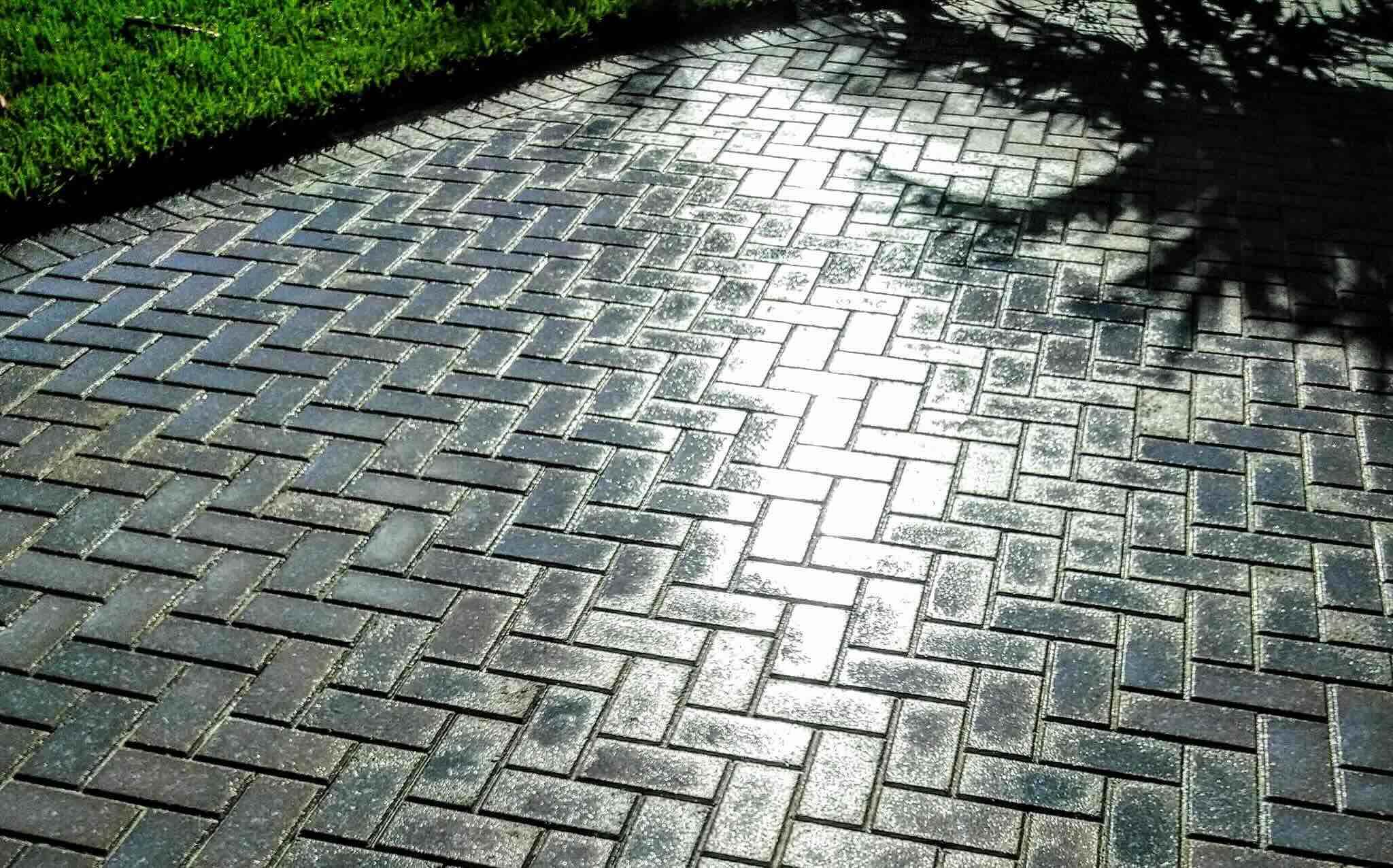
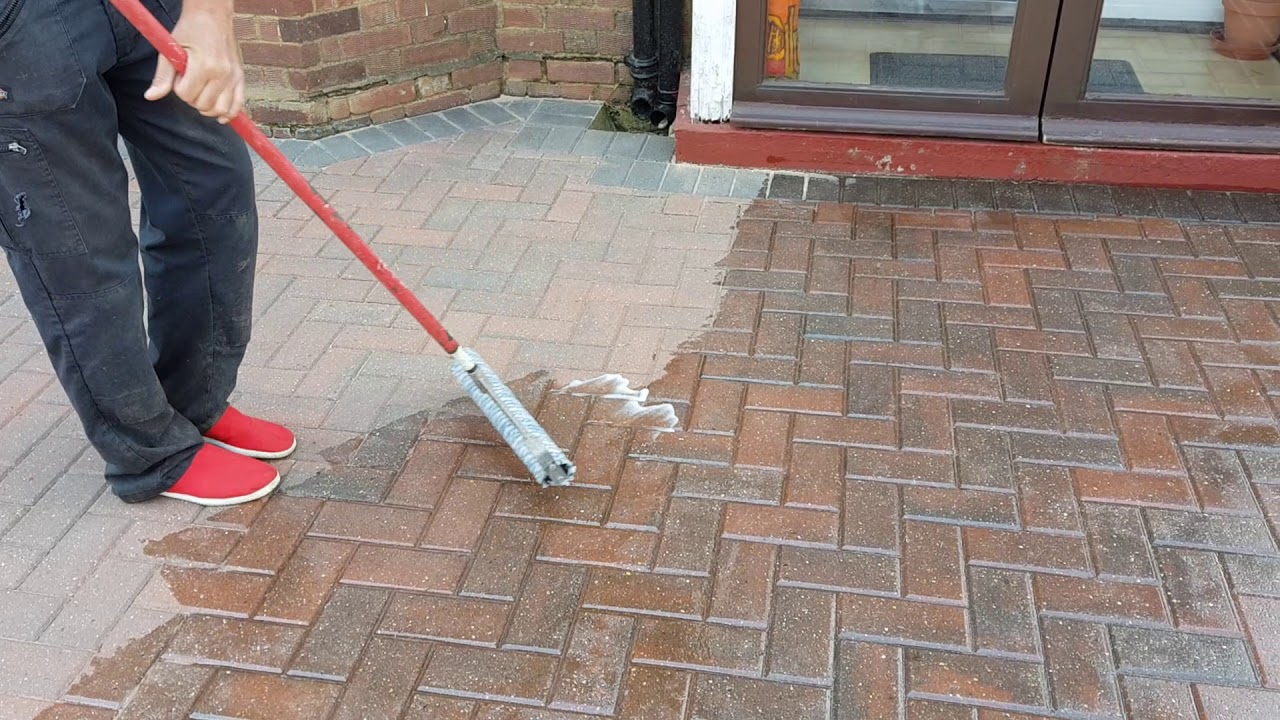
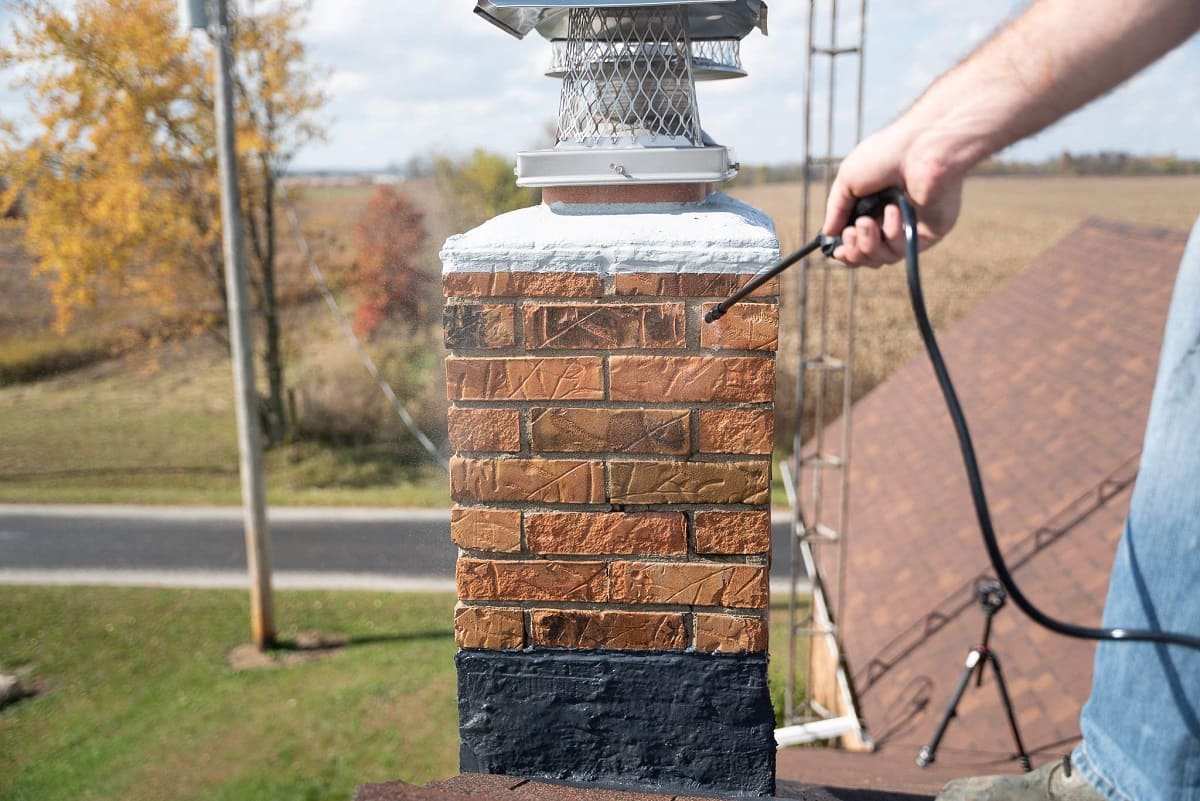
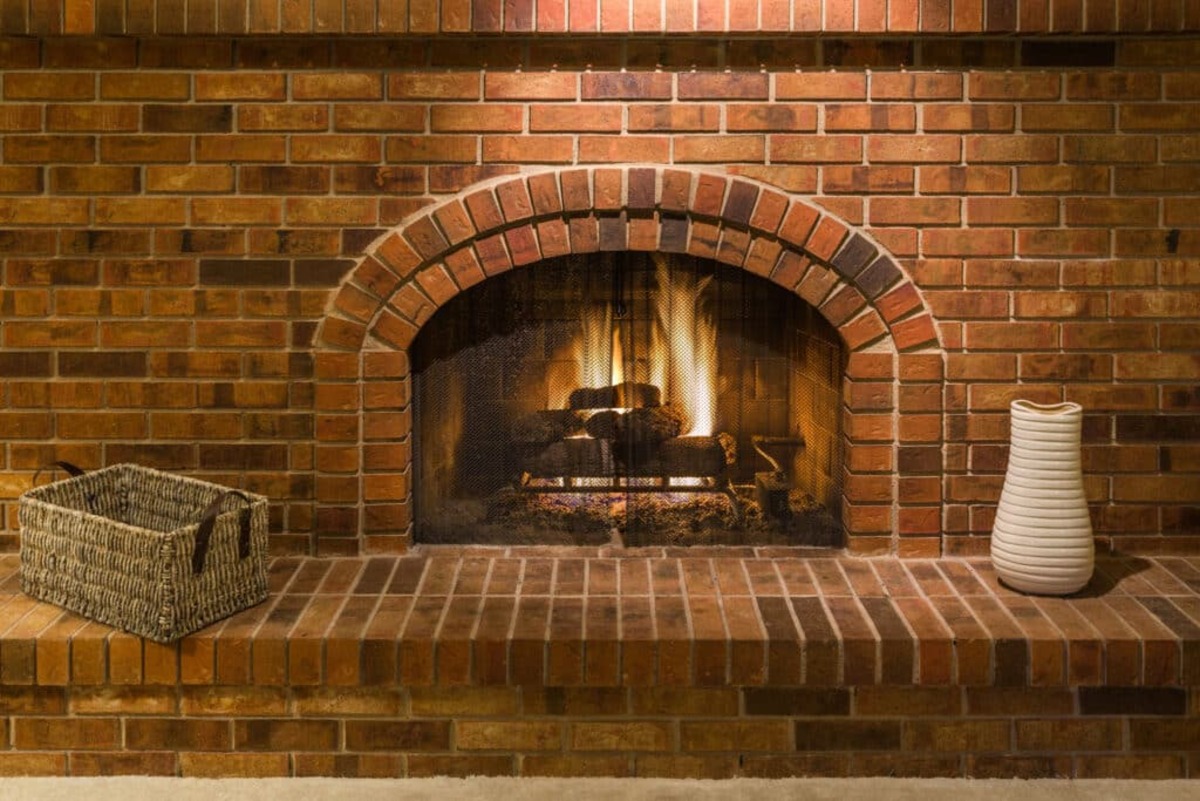
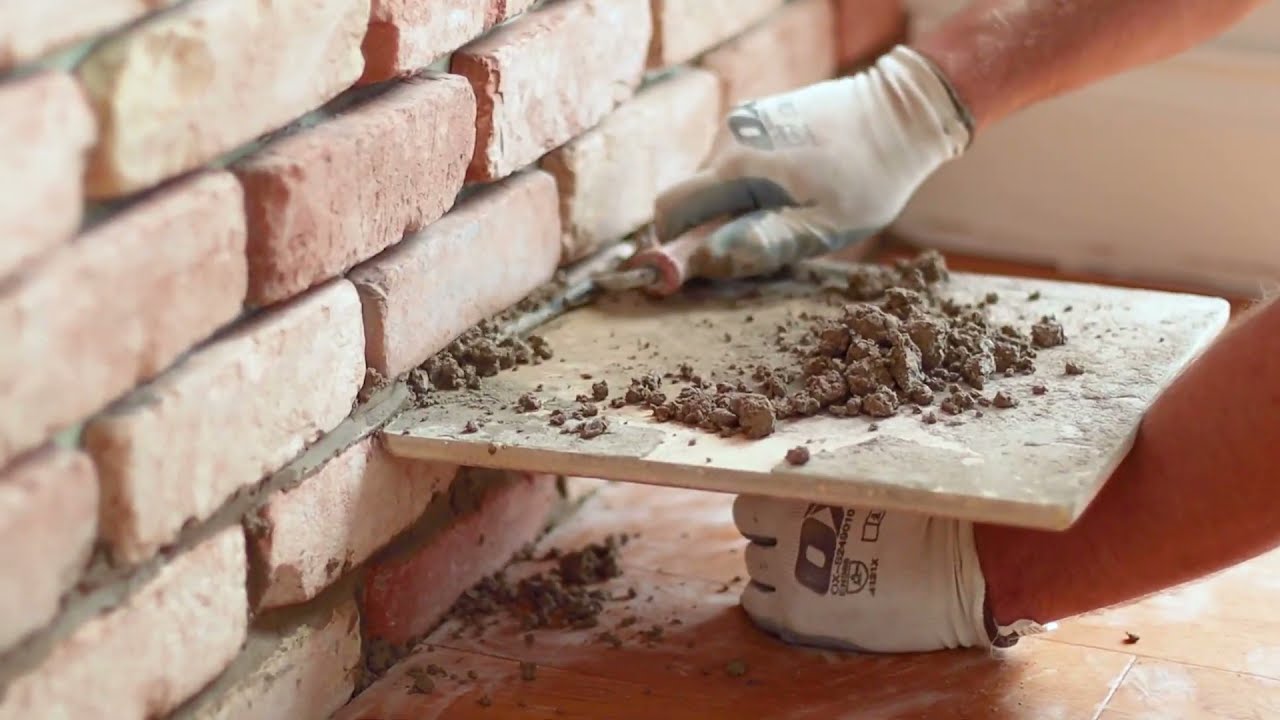

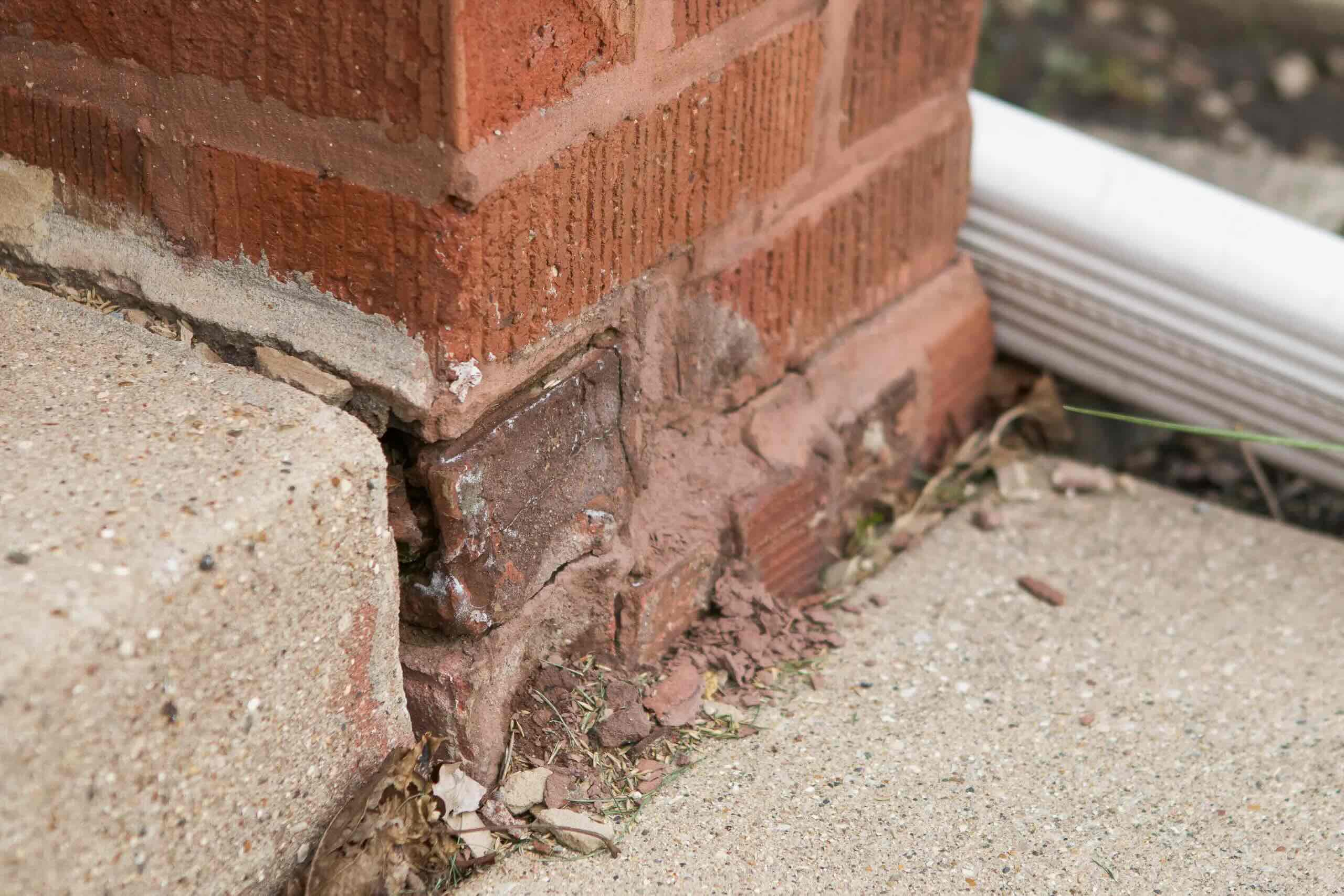
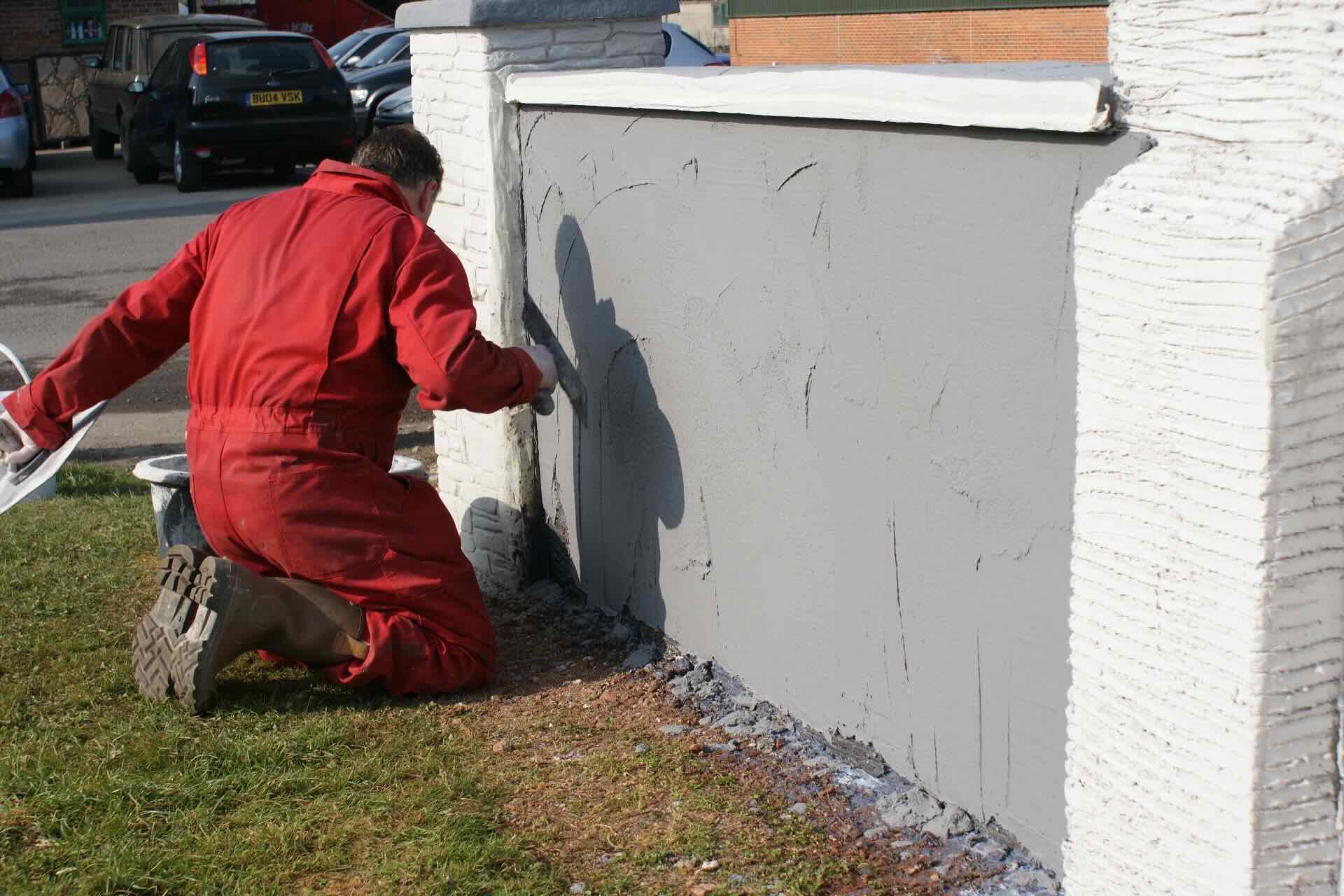
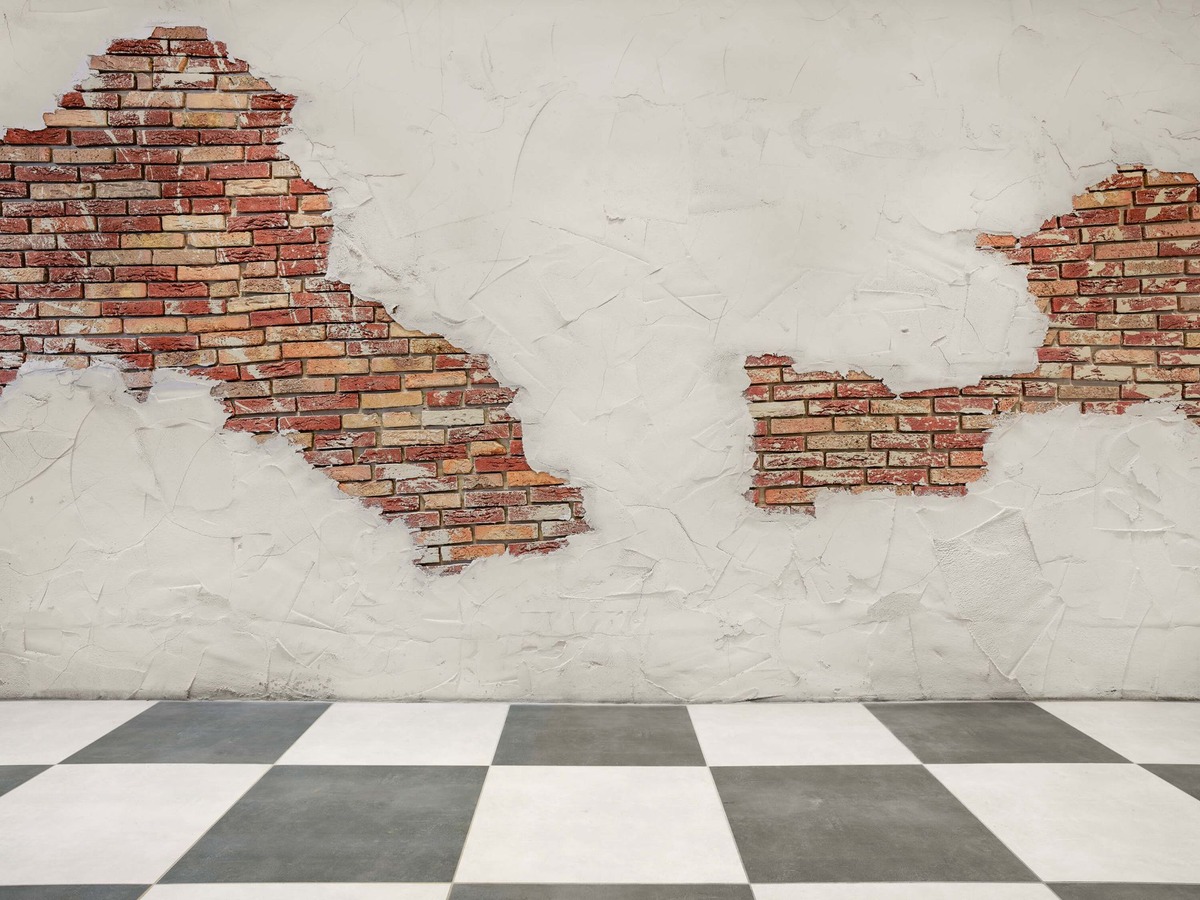
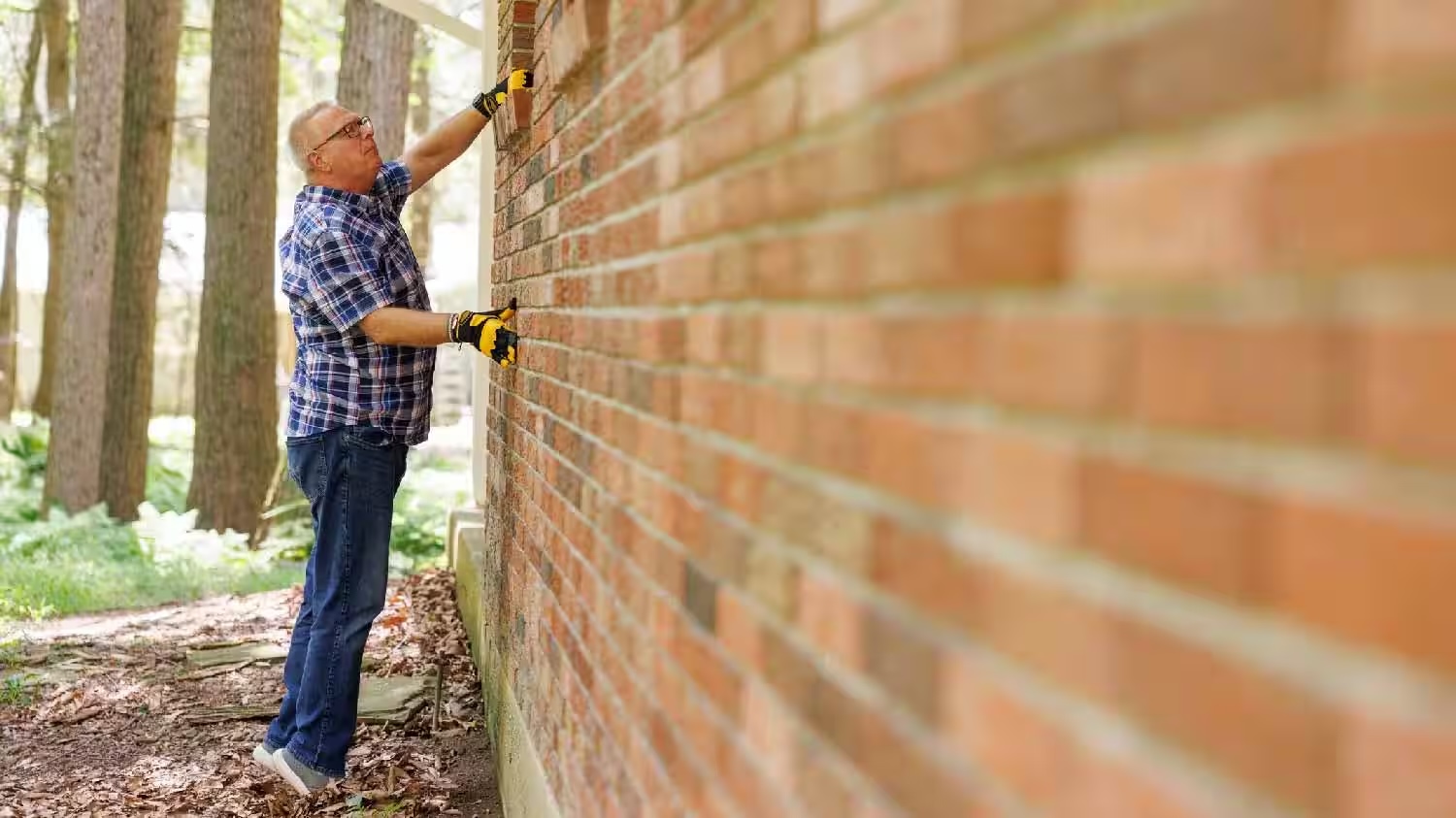
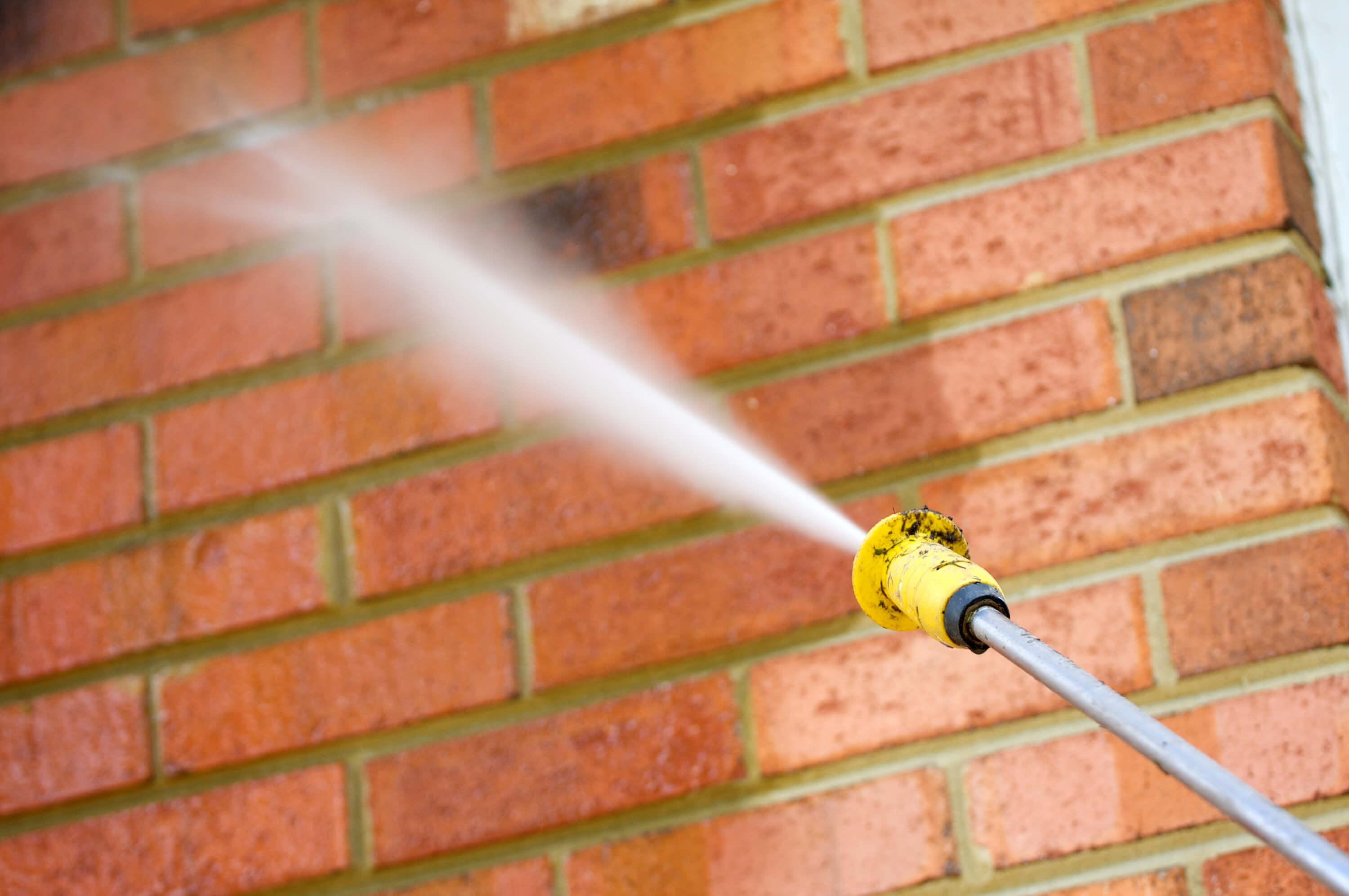
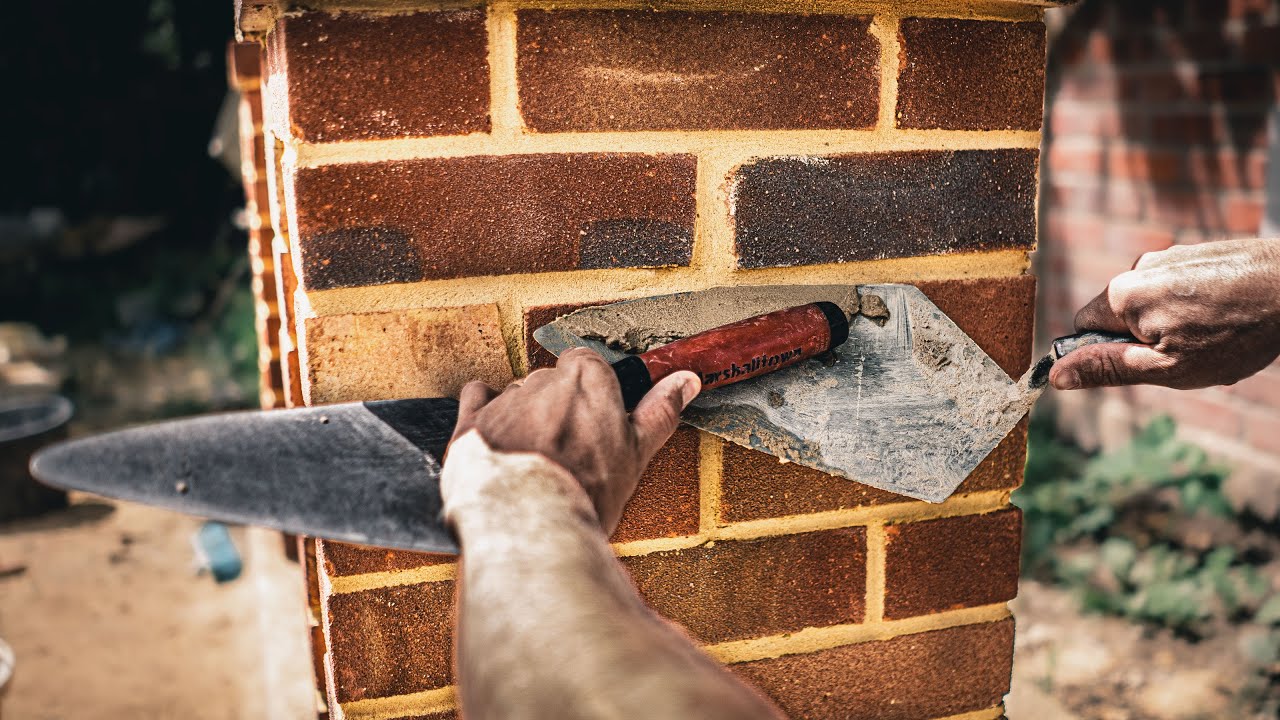
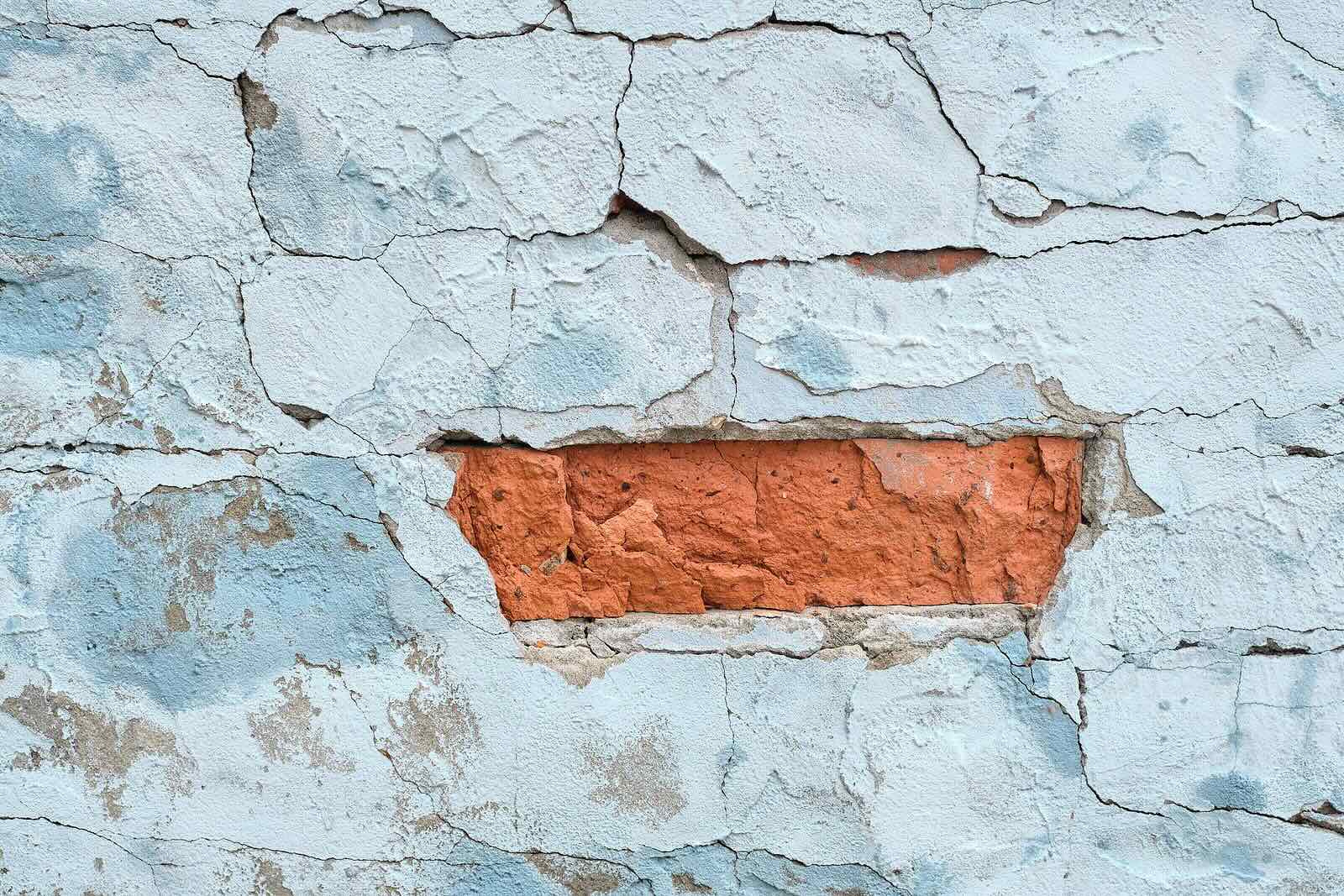
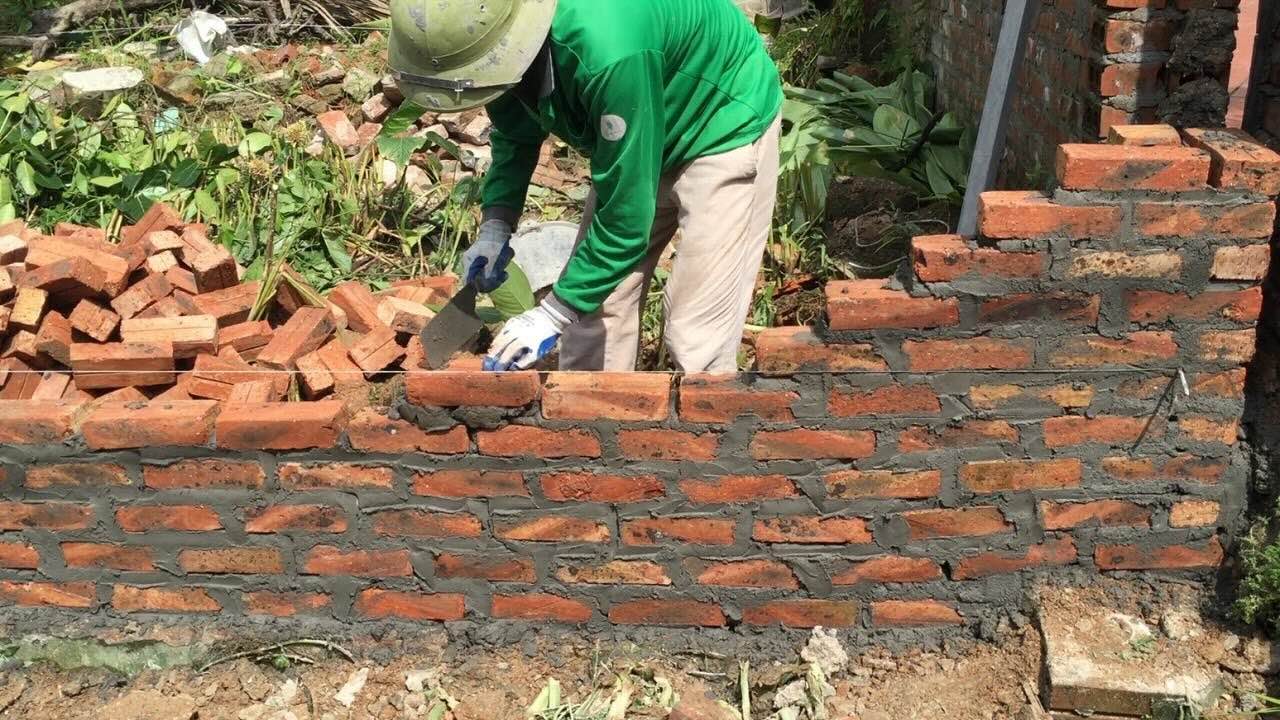

0 thoughts on “How To Seal Brick Wall”